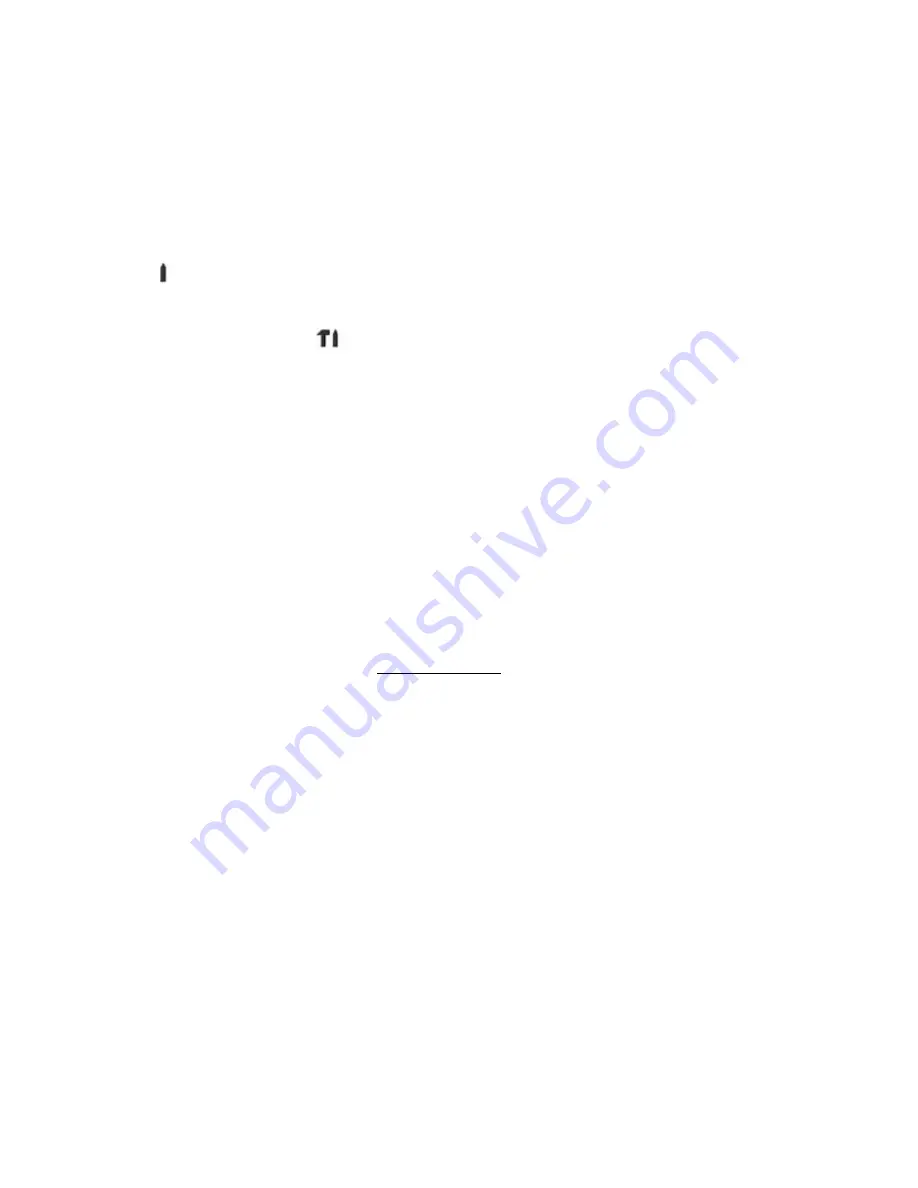
2. Turn the variable speed selector anticlockwise to decrease the speed
Starting the Drill:
Ensure the drill bit has been installed correctly.
The drill bit must be placed firmly on the material you are working with before the drill is switched on
otherwise it may cause damage. Creating a center mark with a center punch will be of assistance in
correctly locating the drill.
Drilling into wood, metal and plastic
For drilling into wood, metal and plastic ensure the selection dial is set to the regular drilling position:
( ). ).
Masonry Drilling
For drilling into stone, bricks, marble and concrete, ensure that the Drill/Impact Selector is set to the
masonry drilling position: ( ).
Ensure that a proper tungsten carbide masonry drill bit is being used.
Screw Driving
1. Before driving in wood screws, a suitable hole should be made in the material you are
working with. This will prevent the screw and bit from ‘wandering’, causing damage.
2. It is recommended that when screw driving, the Impact Drill is be operated at low speed.
3. Insert the drill bit into the screw head and gently drive the screw into the hole.
Note: For continuous screw driving, it is recommended that Mako Cordless screw drivers or cordless
drills are used.
Drilling Metals and Plastics
1. When drilling metals it is advisable to use a center punch to mark the point you wish to drill.
2. When drilling metals it is important to use a cooling agent as the heat generated may make
the drill hard to control. Before drilling, pour a small amount of drilling oil or a
paraffin/turpentine mixture on the area of the metal being drilled and then proceed.
3. When drilling plastics, use water for a cooling agent to avoid discolouration.
Sanding and Polishing
1. Power drills can be used to a
limited extent only
for sanding and polishing.
2. A rubber pad should be inserted firmly into the chuck ensuring the claws of the chuck grip
firmly and evenly.
3. Operate the drill at full speed (3000/min)
Auxiliary Handle & Depth Gauge
1. To fit the auxiliary handle, loosen the handle off, slide the handle opening over the chuck and
rest it firmly on the collar of the drill.
2. Slide the depth gauge through the small hole in the handle assembly, to the required position.
3. Tighten the handle to secure firmly.
Use the handle only to stop rotation of the Impact Drill – do not use to increase drilling
pressure.
Other Drilling Hints
1. For best results and safe use of this tool it is recommended that the material you are working
on should be clamped securely to a work bench.
2. Only use sharp drill bits. Blunt bits will cause unnecessary load on the drill and could cause
motor burnout.
3. Always commence drilling at low speed.
4. Always ensure you are using the correct drill bit for the application i.e. a masonry drill bit is
required for stone, bricks, rock etc.
5. For high precision drilling it is best to use a drill bit with a centring pin and pre-drilling edges.
6. To prevent splintering on the underside of the material, place an additional piece of wood
under the material being drilled and then proceed to drill the hole through both pieces.
7. The hammer action is only required for drilling into concrete, stone, marble and solid bricks.
Do not use when drilling tiles or hollow bricks.


























